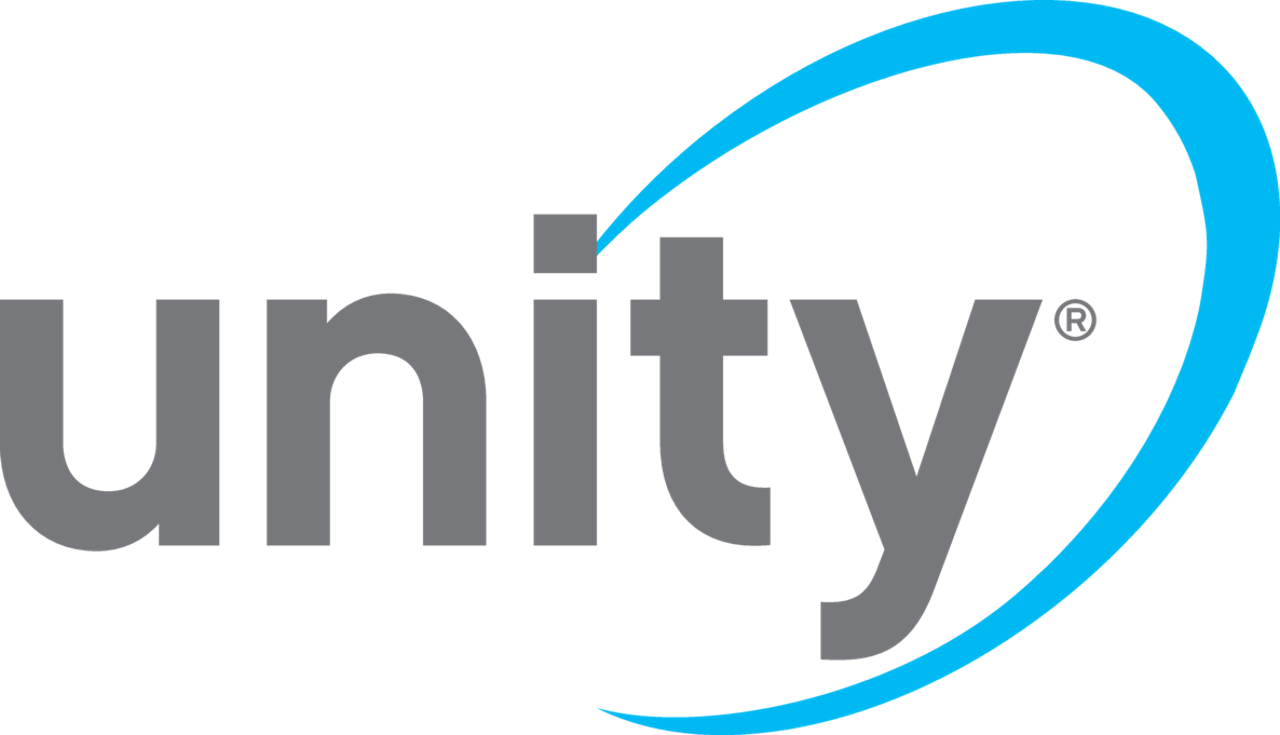|
VSP recently asked eye care professionals (ECPs) nationwide for performance reviews on Unity's new task-oriented lens. According to the survey results, Unity Via OfficePro has already emerged as a top performer in the workplace. See exactly how it rated and what ECPs had to say in this infographic.
0 Comments
As an eye care professional, you understand the importance of a second pair of workplace lenses for presbyopic patients. However, convincing them of the value of splashing the cash on a task-oriented pair for work can be a challenge.
To help overcome this issue, we partnered with nationally recognized optical training consultant Denise Capretta COMT, LDO, ABOC, NCLEC to offer you five talking points you can use to help your patients easily understand the value of adding a work-specific lens to their everyday eyewear. Over the course of this blog series, we’ll share those talking points with you and how you can use them at the dispensing table. Welcome to part two in our series on showcasing the value of office lenses to your patients. In our first post, we discussed how to help patients understand the need for a work-specific lens, and why one type of lens doesn’t fit all. In this next post, we’re going to dive into visual comfort and how a task-oriented lens can provide it anywhere your patients get the job done.
Welcome to part three in our series on demonstrating the value of a second pair of work-specific lenses to your patients. So far, we’ve discussed highlighting the customized performance advantages and visual comfort as key talking points when discussing office lenses. In this post, we’ll discuss how a task-oriented lens can make work less of a pain in the neck for your presbyopic patients.
Welcome to part four in this five-part series on helping your patients understand the value of adding a workplace lens to their optical ensemble. Our first three emails listed customization, relief from eye strain, and ergonomic comfort as valuable benefits for patients considering on office lens. In this post, we’re going to discuss a growing issue among the American workforce and how a task-oriented lens can help combat its effects.
Welcome to the final post in our series on task-oriented lenses and how to demonstrate their value to your patients. So far, we’ve discussed how a lens specifically designed for workplace needs can help reduce visual strain and fatigue, alleviate ergonomic discomfort, and help battle symptoms of Computer Vision Syndrome.
In the conclusion of the series, we’re going to help you flip the cost conversation on its head and introduce a benefit most patients wouldn’t think of but can’t wait to enjoy once you reveal it to them. And since this is our last post, we figured we'd throw in a bonus talking point. |
Don't Miss Out!
Subscribe to the In_Sight Newsletter to get the latest blog posts delivered directly to your inbox. Popular Posts
5 Digital Eye Strain Hacks to Enhance Patient and Practice Experience Changing Your Preferred Progressive Lens: A Blueprint for A Successful Switch (Part I) How Unity Via Helped this New Jersey Practice Overcome Change Anxiety Categories
All
|
©2024 Plexus Optix, Inc. All rights reserved.
Unity, SunSync, and TechShield are registered trademarks of Plexus Optix, Inc. All other brands or marks are the property of their respective owners.
Use of these marks, names, logos, and/or brands does not imply endorsement.
Unity, SunSync, and TechShield are registered trademarks of Plexus Optix, Inc. All other brands or marks are the property of their respective owners.
Use of these marks, names, logos, and/or brands does not imply endorsement.
Website by Eyefinity







 RSS Feed
RSS Feed
